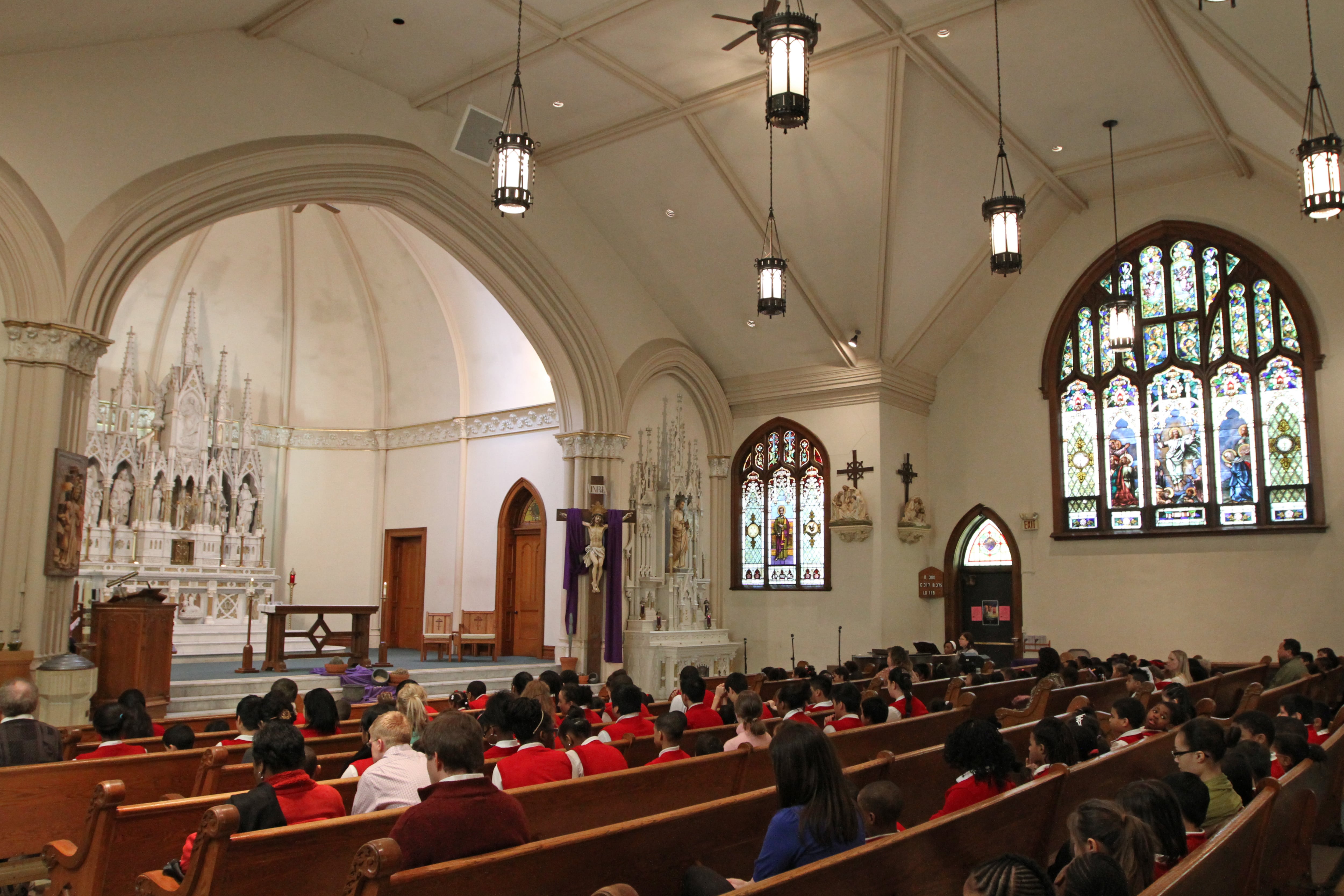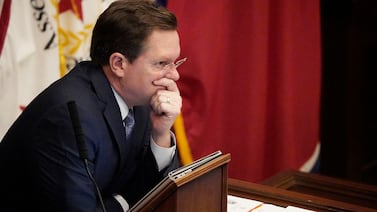Catholic schools are serving tens of thousands fewer students than they were before the pandemic, indicating that these schools have typically not been the destination for students across the U.S. forgoing public schools.
Catholic enrollment cratered during the 2020-21 school year, when those schools saw their biggest enrollment decline in many decades. In the most recent school year, Catholic schools experienced a substantial, but incomplete, enrollment rebound.
Advocates for Catholic education say the schools — which have been hemorrhaging students for decades — need to capitalize on the one-year uptick to keep new families and win over others.
“When I see this data from a Catholic school perspective, I think it’s a hopeful sign because it means we have, as Catholic school leaders, the potential to regrow enrollment and to build back up from a point that had been a historic low,” said Kathleen Porter-Magee, superintendent of a network of Catholic schools in New York City and Cleveland.
Porter-Magee coauthored a report released Thursday by the conservative Manhattan Institute, optimistically claiming in its title that “Catholic School Enrollment Boomed During Covid.”
In fact, the schools have lost 2.8% of enrollment overall since the pandemic began — the same share as public schools. Catholic school enrollment dropped especially sharply in a number of large states — New York, California, Illinois — that also lost significant numbers from their public schools.
But while public schools nationally continued to lose students into 2021-22, Catholic schools saw their first enrollment increase in two decades.
Still, the data illustrates that Catholic schools have not absorbed the students that public schools have lost, at least on a national level.
Indeed, Catholic schools educated nearly 50,000 fewer students in the most recent year compared to before the pandemic, according to data compiled by the National Catholic Educational Association. Since 2001, the sector has lost nearly 900,000 students.
The partial bounceback in the most recent year offers some good news for Catholic schools, though. The Manhattan Institute report shows that Catholic schools are better off than pre-pandemic trends would have predicted.
Some suggest the Catholic school enrollment rebound reflects COVID-era controversies around school reopening and masking. (The vast majority of Catholic schools, unlike many public schools, reopened for in-person instruction in the fall of 2021, according to NCEA.)
It’s possible that explanation is true in a few places. The report highlights Arlington, Virginia, where Catholic schools have gained students since the pandemic. But the fact that both sectors lost students on net make such claims questionable on a broader scale.
Another potential driver for the Catholic school enrollment changes is family finances. Catholic schools charge tuition and in the summer of 2020, the economy was devastated and in flux, which may have led some parents to pull their students from Catholic school. The economic bounceback correlated with the bounceback in Catholic school enrollment.
The available data does not track individual students, so it can’t show if the enrollment uptick involved students migrating from public schools or homeschooling, or students returning to Catholic schools after a one-year departure.
Porter-Magee sees these shifts as an opportunity but not a guarantee of a Catholic school revival. “Does it mean it’s a harbinger of things to come? I’m not sure,” she said.
Some researchers have long argued that Catholic education improves student outcomes — dubbed the “Catholic school effect” — although other studies have questioned those findings.
Matt Barnum is a national reporter covering education policy, politics, and research. Contact him at mbarnum@chalkbeat.org.







